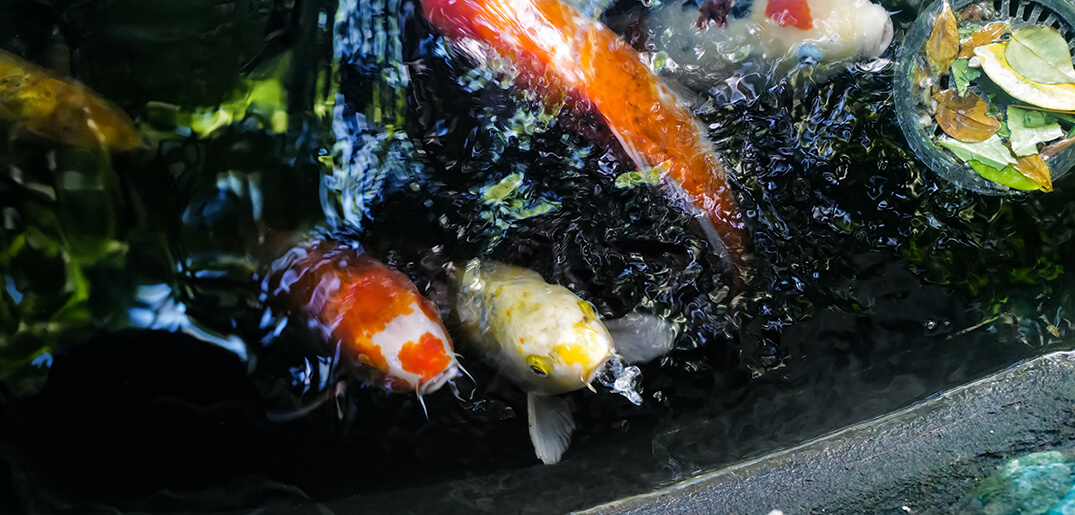While many koi enthusiasts choose to construct their ponds outdoors during summer, there are a host of benefits which can be gained from constructing them indoors. Below is an overview of indoor koi ponds, how they differ from outdoor ponds, and things to keep in mind before building them.
Differences And Benefits Of Indoor Koi Ponds
Indoor koi ponds are a great solution for those that live in northern climates, where outdoor pond water will freeze during winter. Although fish can survive such temperatures, the outdoor pond must be sufficiently deep, and a hole must be drilled in the surface so that toxic gases in the water are released. With an indoor pond these steps are not necessary, saving koi owners a great deal of work.
Indoor ponds are usually smaller, which makes them simpler to clean, and it is a lot easier to monitor the health of your fish. Furthermore, the warmer temperatures indoors will benefit most aquatic plants to keep them from freezing to death. Another benefit of indoor ponds is that you can enjoy them at all times of the year. If you choose to place the pond outdoors, you won’t be able to really enjoy it during winter, especially once the surface water freezes over. Finally, koi which are kept indoors are largely immune to predators, unless of course you happen to own house cats.
Things To Consider When Building A Pond Indoors
When ponds are constructed indoors, they should always be placed close to your sliding glass or window so the fish and plants have access to sunlight when it’s available. It is also important to pay attention to the water level. The pond’s surface water should never have a level which is the same as the pond’s edge. Koi are active fish that have a habit of jumping from the water, so it is highly recommended to construct a gap that is a minimum of six inches between the pond’s edge and surface water.
Design The Pond To Accommodate Fish Growth
Koi are a large species, so it is essential for them to have lots of space which can accommodate their growth. Space indoors tends to be limited compared to outdoors, so building a pond that can hold your fish in comfort is a must. You’ll need to be place a limit on the amount of fish you intend to place in the pond, otherwise it will become overcrowded which will lead to all sorts of problems.
A third factor to consider is the humidity. Placing a pond indoors will increase the humidity of the building. However, to resolve this issue there are tools you can buy such as dehumidifiers which can keep the humidity at manageable levels. The type of lighting you use is very important for the pond. Although natural lighting is great for the months that are cold, this lighting can become problematic once the weather shifts.


 Blog
Blog



